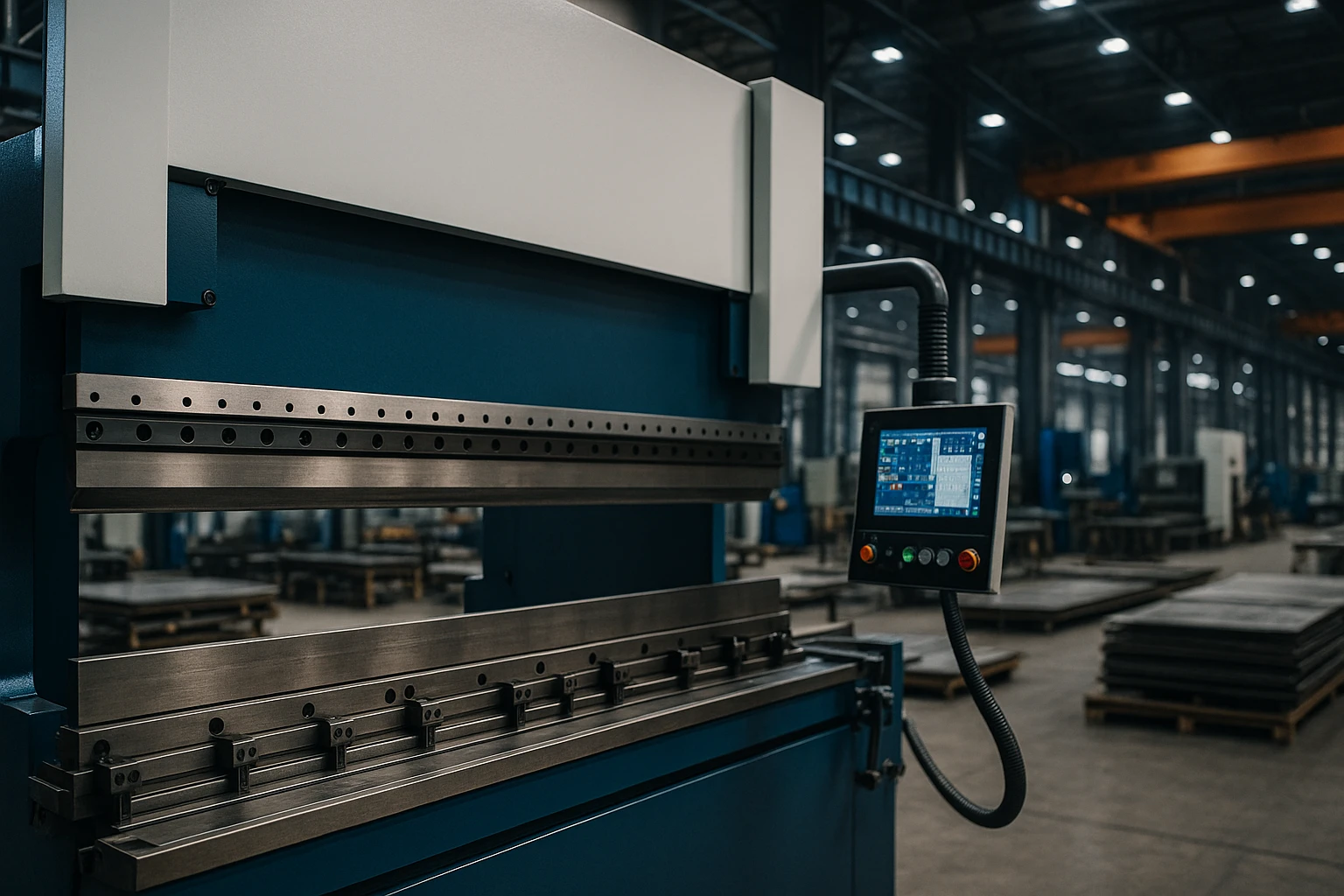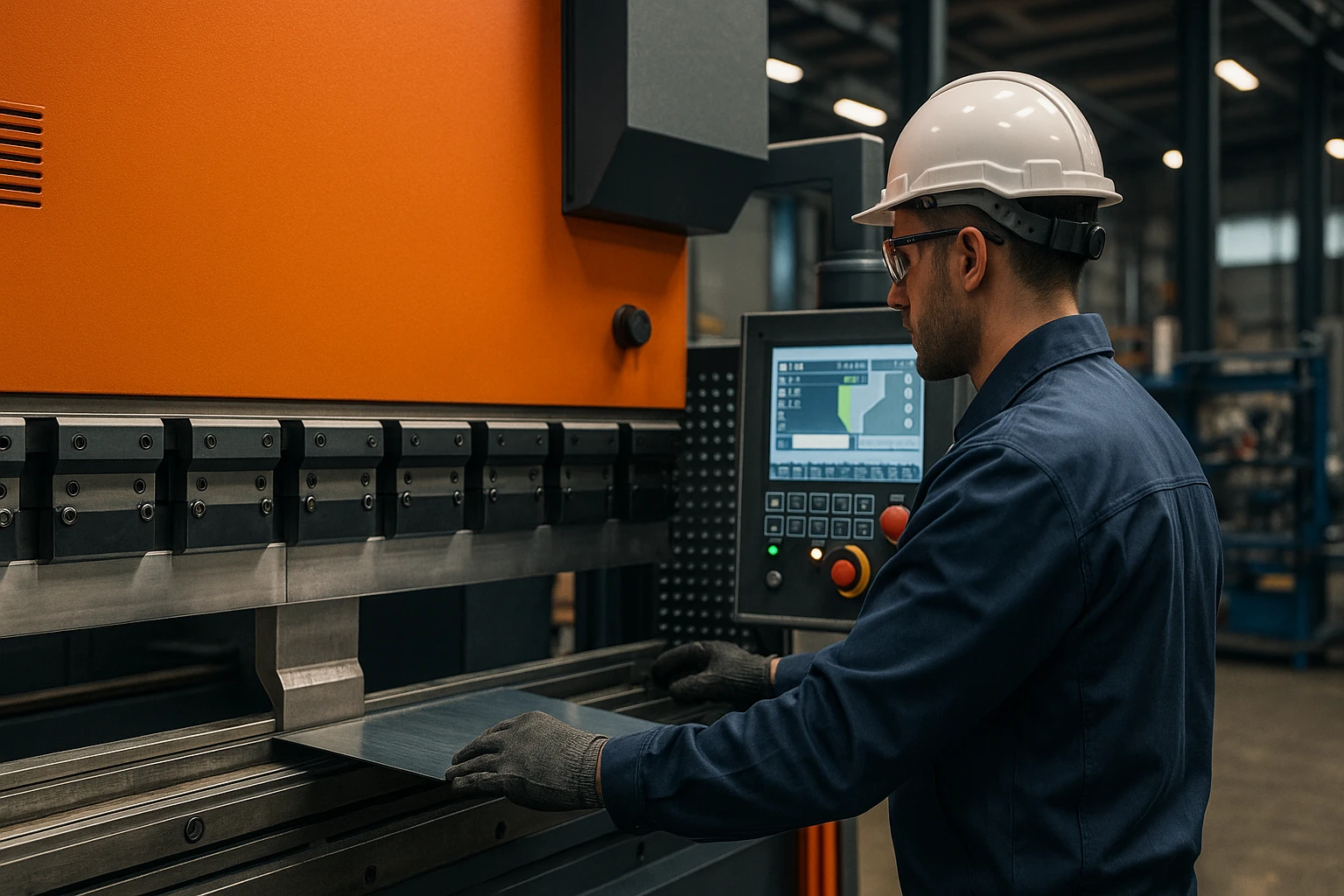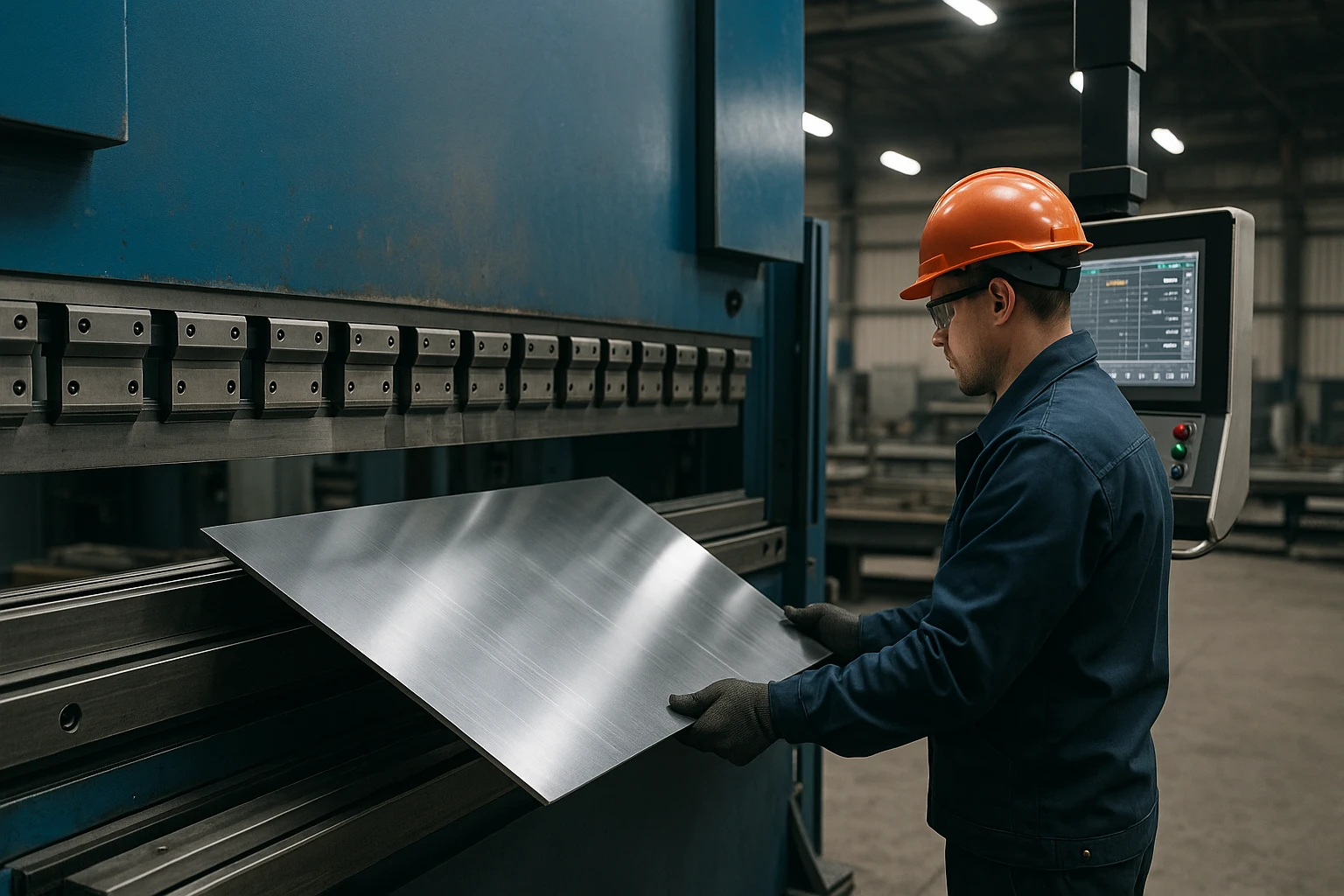
Newsletter Subscribe
Enter your email address below and subscribe to our newsletter

Enter your email address below and subscribe to our newsletter

In an industry defined by precision, innovation, and constant transformation, staying informed is essential for every manufacturer, engineer, and metal fabrication professional. The press brake sector—at the heart of global sheet metal processing—continues to advance rapidly as new technologies, automation trends, and market forces reshape production standards worldwide. This Global Press Brake Industry News Roundup brings together the most important updates from across the world, offering a clear snapshot of market dynamics, equipment innovations, manufacturer developments, and emerging best practices that are influencing the future of metal bending.
The global sheet metal fabrication industry continues to evolve at a rapid pace, driven by manufacturing modernization, automation, and rising demand for high-precision metal components. As one of the core machines in fabrication plants, press brakes play a crucial role in bending, shaping, and forming metal for industries such as automotive, aerospace, heavy machinery, HVAC, construction, and consumer electronics.
Staying informed about the latest market movements, technological developments, and manufacturer updates is essential for engineers, purchasing managers, and factory owners who depend on efficient and accurate metal forming. This article provides a comprehensive roundup of the most important global press brake news and trends shaping the industry today.
For authoritative global industrial data, you may reference the World Steel Association (https://worldsteel.org) and the International Trade Administration’s metalworking insights (https://www.trade.gov/metalworking).

The global demand for CNC press brakes continues to rise, driven by industrial automation and the transition toward smart manufacturing. CNC machines currently account for over 70% of global press brake sales, reflecting a major shift toward precision and digital control.
CNC press brake demand continues rising across Asia, Europe, and North America. Recent global machine tool statistics from Statista (https://www.statista.com/topics/8664/machine-tools/) provide strong evidence of this growing demand.
Global supply chain conditions remain a key factor influencing press brake pricing.
For updated manufacturing supply chain reports, MarketsandMarkets (https://www.marketsandmarkets.com/) provides relevant market studies.
More fabrication plants are transitioning to Industry 4.0 smart workshops. The European Commission’s Industry 4.0 framework (https://digital-strategy.ec.europa.eu/en/policies/industry-40) provides excellent policy-level insights.
Key investment areas include:
This shift reflects the growing demand for consistent quality, reduced labor cost, and higher throughput.

Leading CNC control system manufacturers—such as Delem, ESA CNC, Cybelec, Estun Automation, and Bosch—have introduced new features including:
Press brake tooling has seen major improvements. You can explore industrial tooling resources on ThomasNet (https://www.thomasnet.com).
Recent innovations include:
These tools enable factories to handle more complex geometries with tighter tolerances.
Robotic bending cells are becoming a mainstream solution for large-volume production.
Advances include:
This automation increases throughput, reduces human error, and maintains high repeatability.
Sustainability remains a central focus in new machine development. For global industrial sustainability guidelines, refer to the U.S. Department of Energy’s Industrial Efficiency Program: https://www.energy.gov/eere/amo
The market has seen rapid adoption of:
These solutions align with global environmental regulations and reduce long-term operating costs.

Press brakes are critical for producing body panels, EV battery trays, bumpers, and lightweight chassis parts. Robotic bending lines are becoming standard in modern automotive stamping and fabrication plants. Automotive fabrication trends are regularly documented in Automotive World: https://www.automotiveworld.com
Demand for precision bending in ventilation ducts, façade panels, and architectural metal structures continues to grow. CNC press brakes help achieve consistent bend angles and reduced assembly time.
These industries require thick-plate bending, large components, and durable tooling. High-tonnage press brakes (300T–1,000T) are commonly used for structural frames, enclosures, and heavy-duty supports.
Small and medium-sized job shops increasingly use modular CNC press brakes for flexibility, quick tooling changes, and high-mix/low-volume production. Many OEMs are investing in press brake automation cells to secure long-term manufacturing consistency.
Global machine safety standards continue to evolve.
Key updates include:
Light curtains, safety lasers, and dual pedal systems have also advanced in response to new regulations.
European carbon emission rules and government energy-saving incentives are pushing factories toward more efficient servo-driven equipment.
Changes in EU–China trade policies, U.S. import tariffs, and regional manufacturing incentives are influencing global press brake pricing and distribution.
The global pricing landscape varies significantly by region:
When evaluating suppliers, consider:
Major exhibitions for press brake and sheet metal technology in the next 12 months include:
These events showcase the latest products, automation solutions, and global market strategies.
The press brake industry is moving rapidly toward greater precision, automation, and energy efficiency. Manufacturers worldwide are investing in smarter bending solutions, and new technologies continue to reshape modern metal fabrication.
Whether you’re sourcing new equipment, managing production, or planning factory upgrades, staying informed is essential for making strategic decisions.
Visit PressBrakeGuide.com for ongoing updates, product guides, comparison articles, and industry insights.
A press brake is a machine used in metal fabrication to bend and shape metal sheets into specific forms. It can create various angles and curves needed in manufacturing different products, like car parts or construction materials.
CNC press brakes are computer-controlled machines that offer high precision in metal bending. This means they can automatically adjust to make consistent, accurate bends quickly. This is especially important for industries needing high-quality, detailed work.
Robotic bending cells help automate the bending process. They can load and unload materials quickly, reducing human error and speeding up production. This makes them very useful for factories that produce large amounts of metal parts.
Demand for press brakes is increasing globally, especially in regions like Asia-Pacific due to expanding manufacturing. Companies are moving towards smart manufacturing, where CNC press brakes play a key role by improving efficiency and accuracy.
Press brake prices can change based on materials like steel and alloy costs. Shipping has stabilized, but prices are still higher than before the pandemic. So, it’s important for buyers to monitor these factors when purchasing.
Industry 4.0 refers to the modern approach of using smart technology in manufacturing. This includes using automated machines, like press brakes, that can work with less labor, increase production speeds, and improve overall quality.
Many new press brakes are designed to use less energy, focusing on sustainable practices. For example, some machines can consume up to 50% less energy and are built to last, which helps reduce long-term costs and environmental impact.
Automation in press brake operations helps factories produce parts more quickly and accurately. It reduces the chances of mistakes, ensures consistent quality, and helps workers focus on more complex tasks rather than repetitive ones.
When buying a press brake, look at factors like the machine’s capabilities, brand reputation (like Delem or ESA), energy efficiency, and after-sales support. Make sure to choose a machine that fits your specific production needs.
You can find more information about press brakes, including updates on technology, market trends, and buying guides, at PressBrakeGuide.com. It’s a great resource for anyone in the metal fabrication industry!